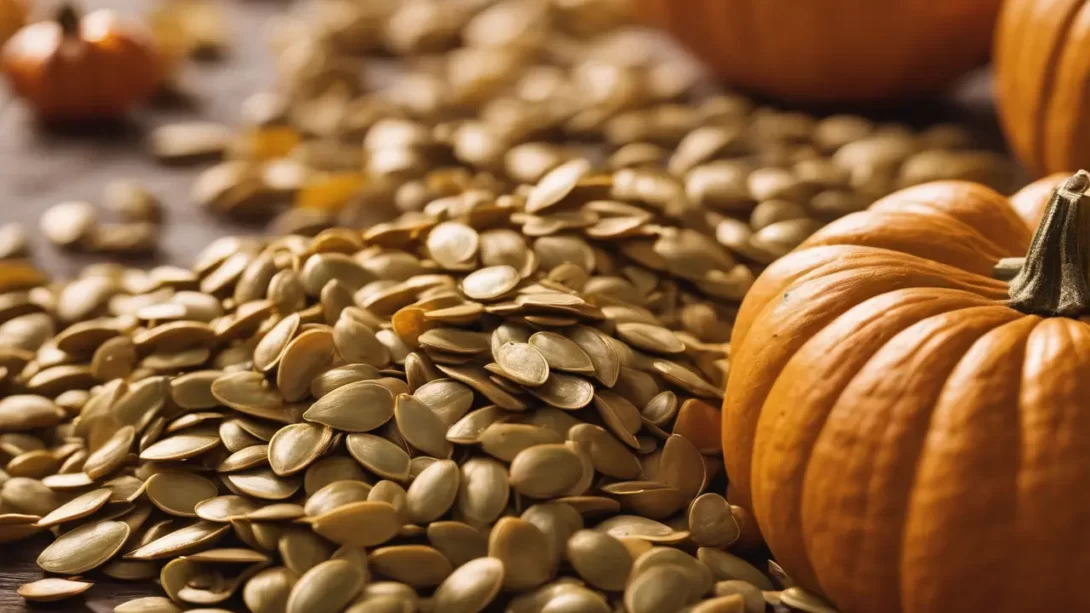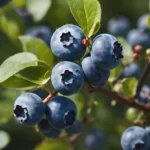Pumpkin cultivation is a popular activity for both home gardeners and commercial farmers, known for its rewarding and bountiful harvests. Understanding how many pumpkins one can expect from a single seed is crucial for planning and managing a successful pumpkin patch. This article will explore the factors that influence pumpkin yield and provide insights into maximizing the number of pumpkins grown from each seed.
The Pumpkin Plant
The pumpkin plant, a member of the Cucurbitaceae family, is characterized by its sprawling growth and prolific fruiting. Pumpkin plants can be categorized into two main types: bush varieties, which have a more compact growth habit, and vine varieties, known for their long, trailing vines. The life cycle of a pumpkin plant begins with germination and progresses through stages of leaf and vine development, flowering, pollination, and finally, fruiting. Understanding this growth cycle is key to optimizing the conditions for a bountiful harvest.
Factors Influencing Pumpkin Yield
Several factors play a role in determining how many pumpkins will grow from a single seed. One of the most significant is the variety of the pumpkin plant. Different varieties have different potential yields, with some producing only a few large pumpkins and others yielding a larger number of smaller fruits.
Environmental conditions also have a substantial impact on pumpkin yield. Soil quality, including its fertility and drainage capabilities, can influence plant health and fruit production. Adequate water supply is essential for pumpkin plants, especially during the flowering and fruiting stages. Sunlight and temperature are equally important, as pumpkins thrive in warm, sunny environments.
Pollination is a critical factor in pumpkin development. Pumpkin flowers are typically pollinated by bees, and insufficient pollination can lead to poor fruit development or even complete lack of fruit. Ensuring a healthy bee population or hand-pollinating flowers can significantly improve yield.
Planting and Care for Maximum Yield
To achieve the best possible yield, careful attention should be given to planting and nurturing pumpkin plants. When planting pumpkin seeds, spacing is crucial; vines require ample space to spread, generally recommended at intervals of 4 to 8 feet. The planting depth should be about 1 inch in rich, well-drained soil.
Consistent care throughout the growing season is vital for maximizing pumpkin production. This includes regular watering, especially during dry spells, to ensure deep soil moisture. Over-watering, however, should be avoided as it can lead to root diseases. Fertilizing is another key aspect, with a balance of nitrogen, phosphorous, and potassium encouraging healthy growth and fruit development.
Pruning the vines can also enhance yield by directing the plant’s energy into fewer fruits, resulting in larger pumpkins. However, this may reduce the total number of pumpkins per plant. Additionally, managing pests and diseases through appropriate methods is essential to protect the plants and ensure a good harvest.
Average Yield per Pumpkin Plant
The average number of pumpkins produced per plant varies depending on the variety and growing conditions. Generally, a single pumpkin plant can produce between 2 to 5 pumpkins. Some smaller varieties may yield more fruits, while larger varieties, like those grown for competitions, may only produce one pumpkin per plant.
It’s important to note that yield can be influenced by factors such as the plant’s overall health, the care it receives, and the growing environment. For example, plants grown in nutrient-rich soil with adequate sunlight and water are more likely to produce a higher number of pumpkins.
Maximizing Pumpkin Production
Gardeners looking to maximize their pumpkin harvest can employ several techniques. One method is to choose high-yielding varieties known for producing multiple fruits. Another approach is to focus on growing conditions – improving soil quality, ensuring adequate water and nutrients, and implementing effective pest and disease control can all contribute to a higher yield.
Growing larger pumpkins often requires sacrificing quantity for size. This involves pruning the plant to concentrate its resources on fewer pumpkins and regularly removing any new fruit that develops. This technique is commonly used by growers aiming for record-breaking sizes.
Harvesting and Use of Pumpkins
Harvesting pumpkins at the right time is crucial for ensuring optimal yield and quality. Pumpkins are typically ready for harvest when they have reached their desired size, and the rind has hardened. The skin should be a deep, solid color, and the stem should start to dry and harden. To harvest, cut the stem with a sharp knife, leaving several inches attached to the pumpkin.
Once harvested, pumpkins can be stored for an extended period if kept in a cool, dry place. Proper storage involves keeping them off the ground, ideally on a piece of wood or cardboard, to prevent rotting. They should also be spaced out to allow air circulation. Under ideal conditions, pumpkins can be stored for several months.
Pumpkins are incredibly versatile in their uses. In the kitchen, they can be baked, roasted, pureed for soups, or used in pies and other desserts. The seeds are also edible and can be roasted as a nutritious snack. Decoratively, pumpkins are a staple in autumnal displays, particularly around Halloween and Thanksgiving.
Conclusion
From planting a single seed to harvesting the fruits, growing pumpkins can be a rewarding endeavor. The number of pumpkins produced from one seed varies based on factors like the variety, environmental conditions, and the care provided during the growing season. On average, a healthy pumpkin plant can yield 2 to 5 pumpkins, although this number can vary.
For gardeners and farmers, understanding these dynamics is crucial for planning and achieving desired outcomes, whether it’s for personal use, sale, or competition. Each step, from selecting the right variety to providing optimal growing conditions and proper harvesting and storage, plays a significant role in the success of your pumpkin crop.
Growing pumpkins is not just about the end product; it’s a journey that offers insights into the wonders of plant growth and the satisfaction of cultivating your own food. Whether you are a seasoned gardener or a beginner, each pumpkin season is an opportunity to learn, experiment, and enjoy the bounties of your garden.



